 https://www.circleofblue.org/wp-content/uploads/2024/12/DSC01701.jpeg
1600
2400
Keith Schneider
https://www.circleofblue.org/wp-content/uploads/2018/06/Circle-of-Blue-Water-Speaks-600x139.png
Keith Schneider2024-12-19 15:53:152024-12-19 15:53:15Regulators Battle Oregon and Washington Farmers Over Limits to Farm Contamination
https://www.circleofblue.org/wp-content/uploads/2024/12/DSC01701.jpeg
1600
2400
Keith Schneider
https://www.circleofblue.org/wp-content/uploads/2018/06/Circle-of-Blue-Water-Speaks-600x139.png
Keith Schneider2024-12-19 15:53:152024-12-19 15:53:15Regulators Battle Oregon and Washington Farmers Over Limits to Farm ContaminationUS Regulators Order Minnesota to Clean Up Nitrate Contaminated Water
EPA acts to limit an “imminent” health threat
By Keith Schneider, Circle of Blue
November 9, 2023
Articles in this project are edited by Carey Gillam, managing editor of The New Lede.
Responding to pervasive farm-related toxic water pollution, the U.S. Environmental Protection Agency has directed three state agencies to address the “imminent and substantial endangerment to the health” of thousands of southeast Minnesota residents exposed to high levels of nitrate contamination in their drinking water.
In one of the strongest orders ever issued by the federal environmental agency to limit farm pollution from livestock and crop production, the E.P.A. directed three state agencies to collaborate on a plan of action to immediately reduce the risk of drinking nitrate-contaminated water. The E.P.A. also called on Minnesota to more stringently regulate manure management at large livestock operations, a primary source of the contamination.
The E.P.A. demands for action on nitrate pollution came in a letter to the Minnesota Pollution Control Agency, the Minnesota Department of Health, and the Minnesota Department of Agriculture issued on November 3. It responds to a petition filed last spring by the Minnesota Center for Environmental Advocacy (MCEA) and 10 other groups calling on the agency to investigate. The E.P.A.’s response to the petition comes as federal and state authorities in Corn Belt states express much greater concern in addressing the threats from farm-related water pollution.
“We know what causes this pollution. It’s time for Minnesota’s agricultural lobby and the Department of Agriculture to come to the table and agree to real solutions to eliminate this public health threat,” Leigh Currie, MCEA director of strategic litigation, said in a press release.
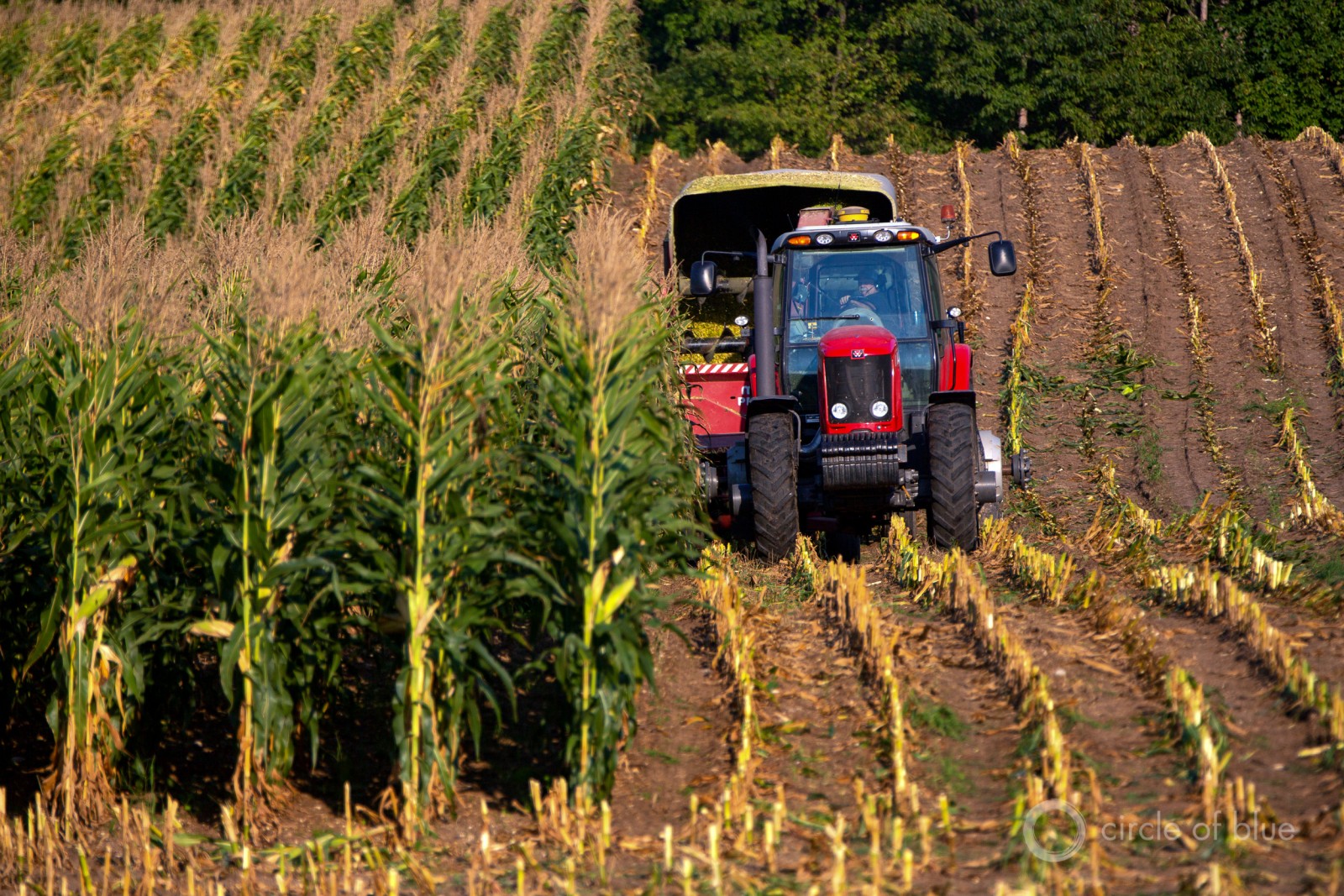
Nitrates are linked to a range of health problems, including heart and lung problems, and certain cancers. © J. Carl Ganter / Circle of Blue
Concern Across Corn Belt
Nitrate contamination risks extends well beyond Minnesota. In June, in a separate action, the E.P.A. said it would formally assess the risk to human health from nitrates in drinking water. In Iowa, state Representative Austin Baeth pledged to hold hearings next year on the causes of cancer in a state with the worst nitrate contamination in water and second highest cancer incidence. In Nebraska, the University of Nebraska is investigating the links between nitrate contamination and startlingly high rates of pediatric cancer.
“The feds are interested in human health,” said Jeff Broberg, director of the Minnesota Well Owners Organization, an advocacy group. “That’s been the missing link in considering the hazards of nitrate pollution.”
The E.P.A. said its priorities in Minnesota included testing drinking water in the region, contacting individual and families at risk, and providing alternate sources of clean drinking water “for as long as nitrate concentrations in the groundwater remain at or above” the federal drinking water limit of 10 parts per million.
State data cited by the E.P.A. show that nearly 400,000 people live in the area of Southeast Minnesota affected by high nitrate concentrations from agriculture. Nearly 94,000 rely on private wells as their primary source of drinking water and nearly 9,300 people are “at risk of consuming water at or above the maximum contaminant level for nitrate.
The E.P.A. also called on Minnesota agencies to establish two new rules to limit nitrate pollution from large dairy, swine, and cattle operations, and to enforce violations.
- The agency said it wants Minnesota to require livestock operatives to install monitoring wells around their feedlots and along in the fields where nitrogen-rich manure is spread.
- The E.P.A. wants the state to strengthen rules for when, where, and how livestock operations spread manure and commercial fertilizer on their land to limit nitrate contamination.
- Third, the “E.P.A. expects Minnesota to hold sources of nitrate accountable using all available tools to reduce the amount of nitrate they release to ground water.”
Neither state authorities nor agriculture trade associations responded to requests for interviews.
Nitrates form when nitrogen from commercial fertilizer and manure are exposed to oxygen. The three Minnesota agencies responsible for addressing water pollution have been well aware for decades of nitrate contamination in the southeast region of the state. Crop and livestock production accounts for roughly 70 percent of the state’s nitrate pollution, according to the Minnesota Pollution Control Agency.
In Winona County, for instance, much of the groundwater in the porous limestone beneath the surface is contaminated with some of the nation’s highest levels of nitrates, according to state data. Close to 200 wells in the county have been contaminated with nitrates at levels higher than what federal officials consider safe.
Nitrates are linked to a range of health problems, including heart and lung problems, and certain cancers. Nitrates are known to be particularly dangerous for babies. Health researchers in Iowa have found mounting evidence that drinking water with elevated levels of nitrate are linked to bladder and doubled the risk of ovarian cancer in women.
Read the full series
Toxic Terrain
Fertilizer and manure in the U.S. Corn Belt contaminate water and ruin the quality of life.
 https://www.circleofblue.org/wp-content/uploads/2024/12/DSC01701.jpeg
1600
2400
Keith Schneider
https://www.circleofblue.org/wp-content/uploads/2018/06/Circle-of-Blue-Water-Speaks-600x139.png
Keith Schneider2024-12-19 15:53:152024-12-19 15:53:15Regulators Battle Oregon and Washington Farmers Over Limits to Farm Contamination
https://www.circleofblue.org/wp-content/uploads/2024/12/DSC01701.jpeg
1600
2400
Keith Schneider
https://www.circleofblue.org/wp-content/uploads/2018/06/Circle-of-Blue-Water-Speaks-600x139.png
Keith Schneider2024-12-19 15:53:152024-12-19 15:53:15Regulators Battle Oregon and Washington Farmers Over Limits to Farm Contamination
Huge Organic Farm In Iowa Thrives Without Chemicals

Amish Farmers’ Partnership With Beef Giant Produces Manure Mess

Michigan’s New Rules To Protect Water From Manure Attacked By Lawmakers
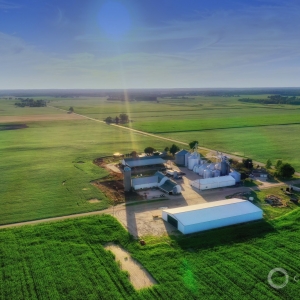
Environmental Groups Face Off With EPA to Control Manure Pollution

U.S. Movement to Limit CAFO Pollution Emboldened by Michigan Court Ruling

In Significant Decision For Michigan’s Waters, State Supreme Court Rules EGLE Has Authority To Do Its Job
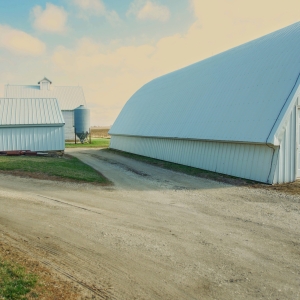
An Iowa Farm County Seeks Answers To Cancer Rate 50% Higher Than National Average
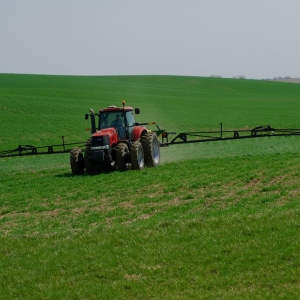
Despite $Billions Spent, Tide of Harmful Farm Pollutants Grows Ever Larger
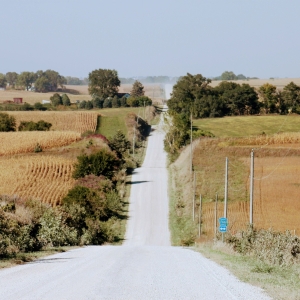
New Report Sparks Questions and Controversy Over Possible Causes for Iowa “Cancer Crisis”
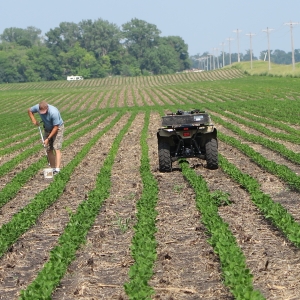 https://www.circleofblue.org/wp-content/uploads/2024/01/IMG_1223.jpg
1600
2398
Keith Schneider
https://www.circleofblue.org/wp-content/uploads/2018/06/Circle-of-Blue-Water-Speaks-600x139.png
Keith Schneider2024-01-31 15:57:382024-02-01 10:29:54Cancer-Related Disease and Deaths Spur Actions to Fight Farm Chemical Contamination in Corn Belt
https://www.circleofblue.org/wp-content/uploads/2024/01/IMG_1223.jpg
1600
2398
Keith Schneider
https://www.circleofblue.org/wp-content/uploads/2018/06/Circle-of-Blue-Water-Speaks-600x139.png
Keith Schneider2024-01-31 15:57:382024-02-01 10:29:54Cancer-Related Disease and Deaths Spur Actions to Fight Farm Chemical Contamination in Corn Belt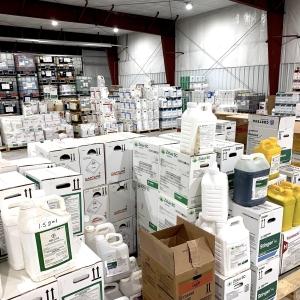
“We Can’t Sit Back” – Amid Polluted Water and Climbing Cancer Rates, Iowa Eyes Farm Chemicals
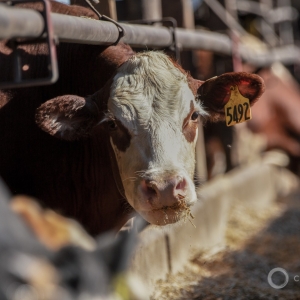
Push to Turn Farm Manure into Renewable Energy Draws Concerns
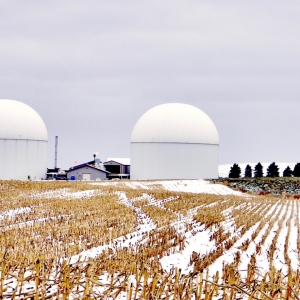
Will Energy From Manure Help or Harm Water Quality in Michigan?

US Regulators Order Minnesota to Clean Up Nitrate Contaminated Water
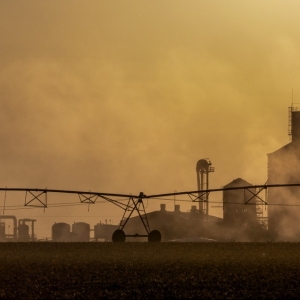
EPA Restarts Assessment of Health Risks from Nitrate in Water
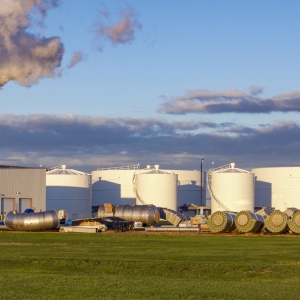
“What We’re Up Against” – North Dakota Towns Fight Farm Bureau to Keep Water Clean
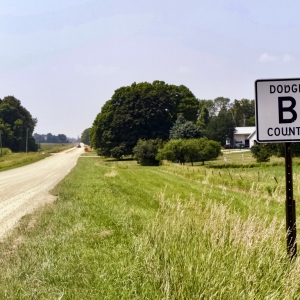
In Minnesota, Families Blame Farm Nutrient Contamination On Heavy Cancer Toll
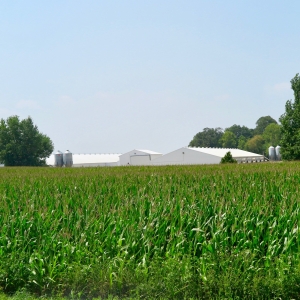
Offering Up Advice For Farmers, Universities Add To US Water Pollution

Minnesota Tribe Sets Enforceable Rules To Safeguard Wild Rice and Water Supply
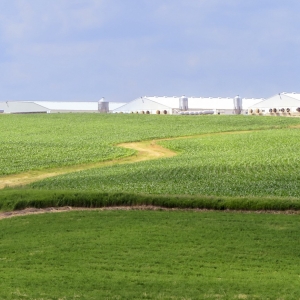
How Big Ag Pollutes America’s Waters and Makes Money Doing It
The Alicia Patterson Foundation and the Fund For Investigative Journalism awarded investigative reporting fellowships to support this project. Along with The New Lede, co-publishers include: The Guardian, Great Lakes Now, Michigan Radio, Investigate Midwest, and MinnPost.
Circle of Blue’s senior editor and chief correspondent based in Traverse City, Michigan. He has reported on the contest for energy, food, and water in the era of climate change from six continents. Contact
Keith Schneider
Related
© 2025 Circle of Blue – all rights reserved
Terms of Service | Privacy Policy





